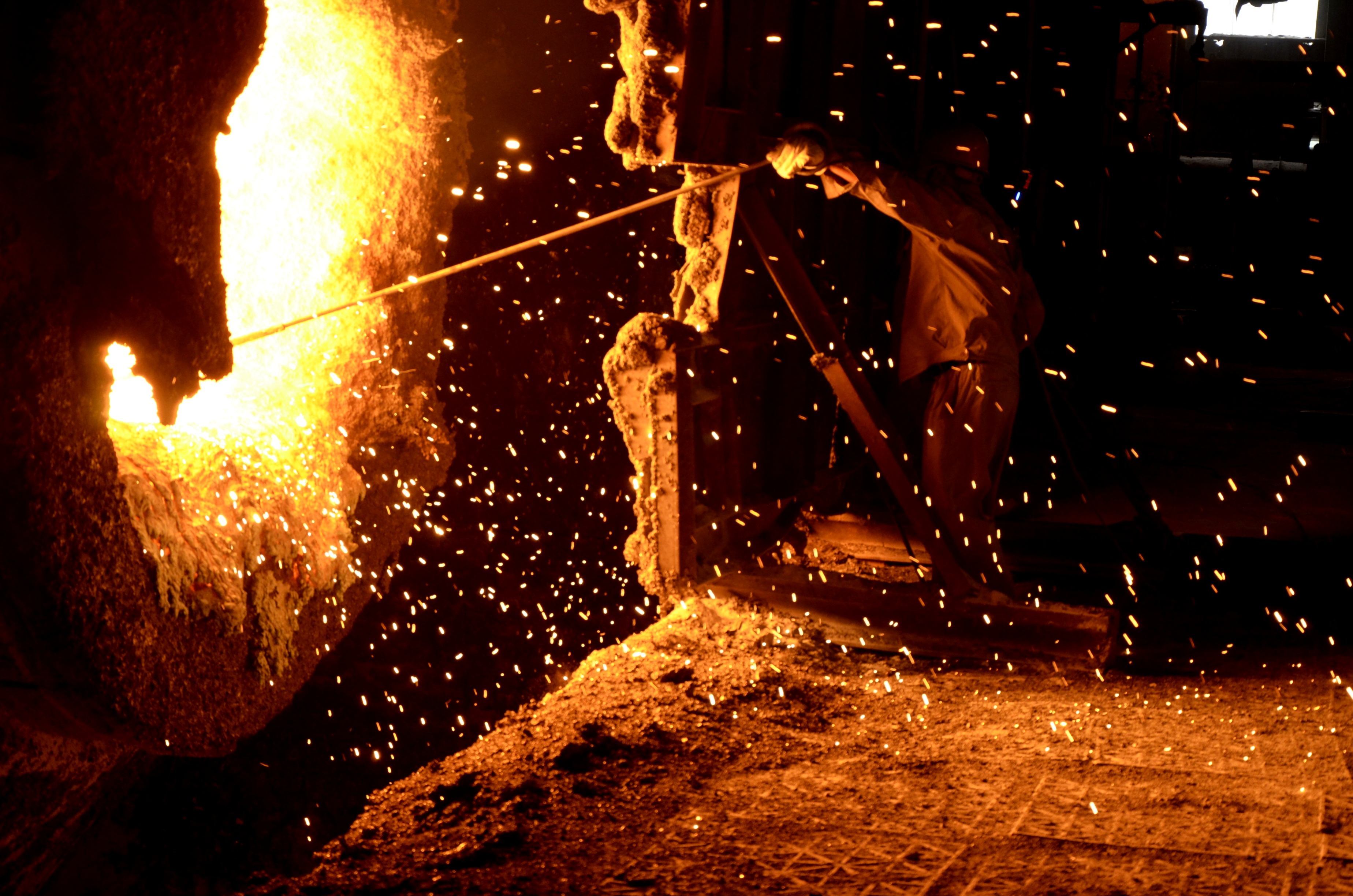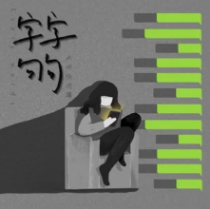
你好,欢迎来到小鼠鼠随笔
莫负盎然意·沐在春柳风
Asphyxia
歌手:逆时针向 所属专辑:asphyxia

精选分类
-
music_share
每日一曲
进入分类 -
cai-liao-cheng-xing-jin-shu-xue-bu-chong
材料成型金属学补充
进入分类-

材料成型金属学补充-6
75° 来说一句 -

材料成型金属学补充-5
29° 来说一句 -

材料成型金属学补充-4
26° 来说一句 -

材料成型金属学补充-3
24° 来说一句
-
-
kao-yan-ying-yu
考研英语
进入分类-

专业英语词汇——材料加工方法
44° 来说一句 -

材科基单词
66° 来说一句 -

材料成型金属学补充-6
75° 来说一句 -

材料成型金属学补充-5
29° 来说一句
-
最新图文动态
最新视频动态
走心评论
草木风
发表在「考研英语每日一词【2024年8月8日】」
虽然只能看到一半的单词,但是好开心😊谢谢你!
草木风
发表在「Letter」
Your friendship means so much to me
Mu Yuan
发表在「空叹兮」
桃之夭夭,灼灼其华。
zyl
发表在「勿念他归」
《千本樱》啊







